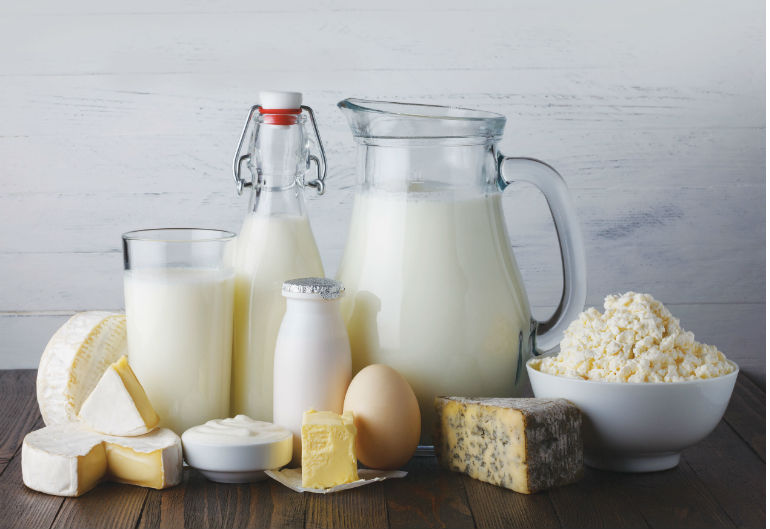Australian engineers have come up with an innovative way to separate milk from its fats using ultrasonic waves.
Prior to the 19th century, milk was left to stand in order to separate the fat content. This was replaced with centrifuges, which remain an excellent way of mass processing milk.
However, centrifugal processing can damage the fat globules in milk, which are important for taste and texture. The processing can also damage the membranes of the fat globules, which contain proteins that might have benefits for the treatment of conditions such as Alzheimer’s disease and breast cancer.
In modern milk processing, all the fat is separated from the milk, then added back into the batch to achieve standardisation of fat levels. However, the ultrasound fat-extraction process can be much more precise, standardising small batches of milk by extracting measured amounts of fat from the milk.
According to Richard Manasseh, an associate professor from Swinburne’s Department of Mechanical and Product Design Engineering, ultrasound waves are able to separate milk very gently, limiting damage to the fats and improving shelf life.
Manasseh says that centrifugally processed milk is very dissimilar to the milk that most people drank for the majority of history.
“Ultrasound produces the same globule distribution as natural creaming,” he said.
It is this appeal that is leading some boutique Victorian dairies and cheese producers to consider trialling the new technique. This means that Australian cheese makers could make products similar to Italian parmesan, gorgonzola and pecorino romano cheeses, which in Italy are made from milk separated by traditional creaming methods.
Australia’s climate and transport distances means the amount of time required for natural creaming of milk presents food safety issues. The ultrasound technique will give producers cost-effective control over their processes in order to create traditional and innovative products, without falling foul of food safety regulations.



